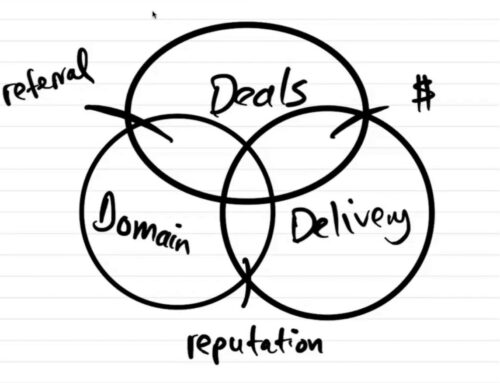How to Work With Your Product Manager, with Ryan Willemsen
Learning how to work with your product manager as a CTO is a crucial responsibility, one that can mean the difference between success and failure. Joining us to share his insight into this role and how best to work with the team member in it is Ryan Willemsen.
Ryan works as a product manager for Assurance, an insurance tech company. He’s also worked as a consultant in the field, and knows firsthand what CTOs can and should be doing with their product managers to ensure smooth operations from start to finish. He’ll tell us about all of that and more on today’s CTO Studio!
In this episode you’ll hear:
- How can a CTO create a good environment for product management?
- What one thing must happen, no matter how smart your people are?
- What processes does he put in place regarding feature requests?
- Why Google analytics is more than just copying and pasting a widget into your code.
- Is SEO still important?
- And so much more!
More About CTO Studio
Ryan Willemsen has been both a consultant and an employee with his current employer, Assurance. In the past he had done work with this company on the analytics side before joining them as their product manager in January of 2017. Because this company is a startup the responsibilities of this role are highly fluid, and not very structured. He considers himself the business product manager, he’s not the technical product manager. Most of his time is spent with clients though he does interact with engineers.
In his position, he learns about the clients’ needs, learns about the products and tries to make sure the software is shepherded through in a way that will make the company money. He ensures they are deploying resources intelligently, not just rolling out the latest thing because it’s the latest thing. He looks for what they can build that will create long-term value in the insurance space for the company and their clients.
As one of the two product managers at Assurance, Ryan played a vital role in the visualization platform they rolled out last year. It’s called Ensight and it helps to pull together all the complicated, moving parts of their clients’ policies. To provide a simple and straightforward explanation of these policies Ensight taps into an aggragator’s API, pulls data from quotes from there and then visually displays them in graphs. This makes them a lot easier to compare and contrast different policies for their clients.
Next I talked to Ryan about the practice of product management itself; I asked him to tell us if there is an environment that the CTO creates that is good for product management and is there an environment that the CTO creates that isn’t? What has he seen work and what doesn’t work?
Ryan says it can go all kinds of directions/ The most important thing is there has to be good communication. While that seems obvious it isn’t always the case everywhere he has been. When technical and business people are interacting it’s really important to know who is going to be translating, who is going to make sure everyone is on the same level and make sure everyone is pulling in the same direction.
If there’s not good communication you can have the engineering team going off and doing good stuff that has no real business application, and that is a huge risk. No matter how smart your people are if they don’t spend the time to sit down and break everything down and make sure everything is going in the right direction you can easily end up with the wrong thing. Unfortunately, that’s a common occurrence. We also discuss what systems and processes to put in place regarding feature requests before we move on to his personal journey.
He’s from upstate New York, Ithaca. He went to university there where he studied Economics and Psychology. He graduated and went to work on Wall Street just in time for the financial crisis which went on for five years.
During that time he worked in product control, it wasn’t a product management role per say but it did involve working across many different fields and layers of expertise. He moved over to hedge funds where he worked for awhile and got more involved in tech projects. When the hedge fund folded, his friend recruited him to run his SEO company while that same friend started another company in Brazil.
While he was the head of the SEO company he learned so much about all aspects of running a small business, things he would never have learned in his previous jobs. He put that knowledge to use later on as a consultant to startups, and also when he started a solar company that does customer acquisition. He bootstrapped the solar company to revenue, and he still has it as a fun side experiment that kicks out some cash. From there he joined his current company, Assurance.
Because he spent time heading up an SEO company, I asked Ryan to give us some of his top tips for setting up Google analytics:
- Remember to ban the local IP your developers are using.
- Have consistent deployment across your entire site.
- Decide what you want to get out of it first.
- Don’t use it to create content, but use it to determine your best content that brings in the most valuable traffic.
- Use SEM Rush to find out what your site is ranking for.
We wrap up with his advice for CTOs and smaller companies who are struggling with customer acquisition. He says it depends if you are building B2B versus B2C, and explains why. He also tells us when to bring in a marketing company, and when to have marketers on your team. Join us to hear his insights on those topics and more on today’s CTO Studio!
Episode Resources:
The Lean Startup, by Eric Ries
The Hard Thing About Hard Things, by Ben Horowitz
Share This Story, Choose Your Platform!
Related Podcasts




